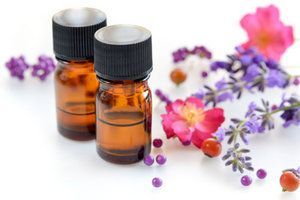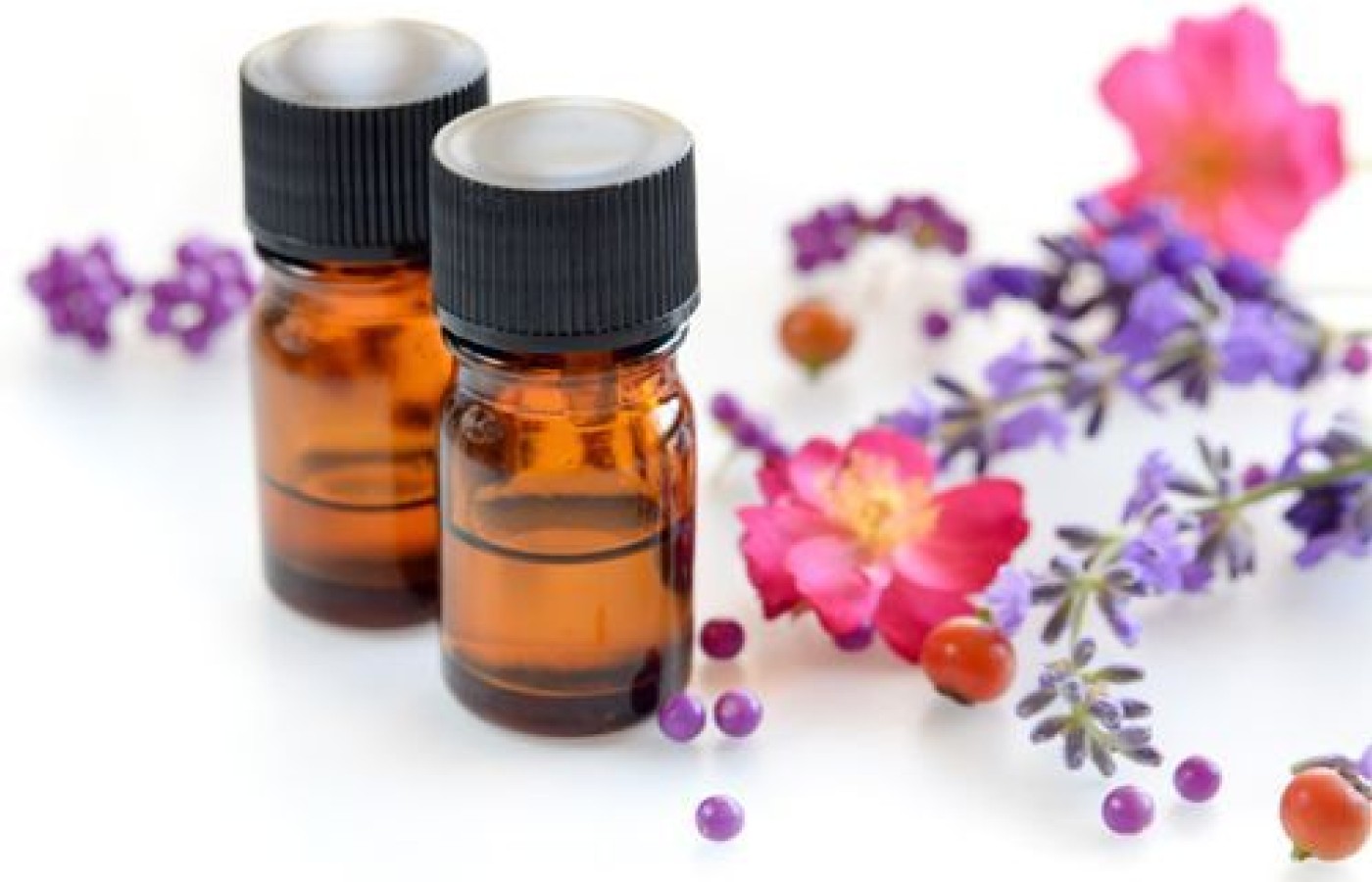Whether you accept it, avoid it or live somewhere in between, insurance coverage has become a defining issue for our profession. Patients increasingly expect to use their benefits, practitioners want to be compensated fairly for their time and expertise, and the system itself remains – at best – fragmented. The encouraging news is that coverage has expanded in meaningful ways. The challenging news is that reimbursement, across the board, remains inadequate.
Flirting With Alternative Therapies
There are about as many adjunct therapies being marketed to acupuncturists as there are acupuncturists. While some may remain purist in their application of traditional Chinese medicine, others choose to explore new horizons of treatment. Even as we show great respect to the wisdom carriers of the former, we celebrate the proponents of the latter who embody the experimental and evolutionary spirit of the founders of acupuncture and herbal therapy.
Within each adjunctive modality, there is the option to dive deep and broaden your clinical offerings. This can include extensive post-graduate studies in different methods of bodywork and energy work, sound and light therapy, and Western esoteric practices such as crystal healing and medical astrology.
There is much value in testing the waters of these different therapies, however, as Chinese medicine seems like it takes lifetimes to learn (let alone master), the addition of these adjunctive therapies can be an extravagance of time for those of us juggling family responsibilities while running a business. To those willing to at least dip their pinky toe in these waters to see what possibilities they hold, let's explore two simple derivations that can be quickly and effectively implemented in any Chinese medicine clinic.

First up is essential oils. There is a massive consumer and practitioner market for the use of essential oils. Essential oils are not as old as herbal medicine (given the technology of distillation necessary to derive the oil) but their roots are still very old, with documented use by Islamic physicians in the 12th century and purported use (as resins) by ancient Egyptians prior to that.
One could spend a considerable amount of time learning the character of the many offerings of essential oils distilled from all over the world, many of which are not Chinese herbs. In synergy with Chinese medicine principles, complex protocols have been developed applying different essential oils to acupoints.

For those not interested in the wide world of essential oils, there is one oil and one technique that has remarkable clinical value and can be a key ally in the hands of any acupuncturist. In shadowing skilled Portland, Oregon practitioner Sarah Hayes, LAc, I took note of her use of lavender essential oil. Inverting the opening of the bottle on her index finger, she applied a small amount of the essential oil to TB 17, bilaterally.
When adding this single essential oil to my practice in this manner, I observed an almost universal deepening of relaxation for all those who opt for the lavender. There are several subtle movements at work with this technique. Lavender essential oil is both calming and uplifting. It's cool in nature but mild compared to a stronger heat clearing essential oil like peppermint.
Placed upon TB 17, the lavender essence enters this often overworked and over-vigilant meridian and softens its qi, encouraging a letting go requisite for deep relaxation. TB 17 is also a very practical place to apply an oil where a small amount can subtly waft to the nose and influence the nervous system.
Not everyone is drawn to lavender and some may be allergic to it (document carefully), but the vast majority of patients appreciate this floral icing on the treatment cake. It provides a sense of closure whereby the patient associates the scent of lavender with the conclusion of needling; a deep sign or long exhale generally ensues.
Even if you are not drawn to working with essential oils in any substantial way, this one technique is an easy and inexpensive addition to the treatment room. In a community acupuncture setting, a little lavender spread around isn't a bad idea when you consider the various body odors that can coalesce over the course of a day.
Light Therapy
The second clinical pearl, derived from a much larger body of work, is the application of light therapy to address qi and blood stagnation along scars. Light therapy utilizes a specific wavelength of light from a laser or a spectrum of wavelengths from an LED light to elicit a number of localized tissue responses. Different wavelengths of color have different benefits, with research also elucidating the effects of infrared and ultraviolet light.
Here too, there is an ever-increasing knowledge base for light therapy as well as highly specialized applications for acupuncturists. These applications range from cold laser over acupoints to different colored light correlated for use with varying acupuncture meridians. The most commonly used wavelength is red light in the 635 nM range.
Red light has been found to excite the inner membrane of mitochondria via a light-sensitive compound known as a cytochrome c oxidase. This in turn upregulates the Krebs cycle, and thus, ATP production.
Scars from trauma or surgery reflect an area of both deficiency and excess. The stagnation of blood and qi results in an eventual lack of both as long as circulation remains impaired. The predominance of the pathology is evidenced by the color and character of the scar, either raised and reddish indicating more stagnation or flat and whitish indicating more deficiency.
In either case, red light has something to offer. The excitation of the mitochondria courses blood and qi, nourishing the area and restoring proper communication from one side of the scar to the other. Combined with a surround the dragon technique with acupuncture pins, the synergistic effect is indeed greater than the sum of its parts.
Implementing light therapy in your clinic need not be complicated or expensive. LED lights are reasonably priced, and although they do not offer the singular wavelength of a laser, research suggest that a band of frequencies in the range of 635 nM to be clinically effective.
The power of the light, measured in milliwatts, is less important because the depth of penetration is dependent upon the wavelength of light. The power of the light simply determines how long you need to apply the light to the desired area. A 5mW red pen light will produce one joule of energy in about 50 seconds where a 100mW light of the same frequency will achieve one joule output in 10 seconds.
A pen light will work for home therapy whereby a patient can slowly walk the light across a scar, spending one minute per spot. This can be done daily. Large arrays of diodes are more pertinent for clinical use where a one minute application can cover a wider area. Over the course of a few weeks, either method has great benefit to normalize qi flow through scar tissue. Even if you don't plan on making light therapy a mainstay at your clinic, the success of this one technique alone is worth the investment in a red light device.



